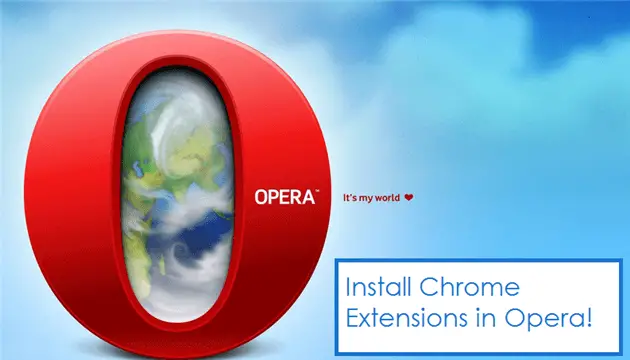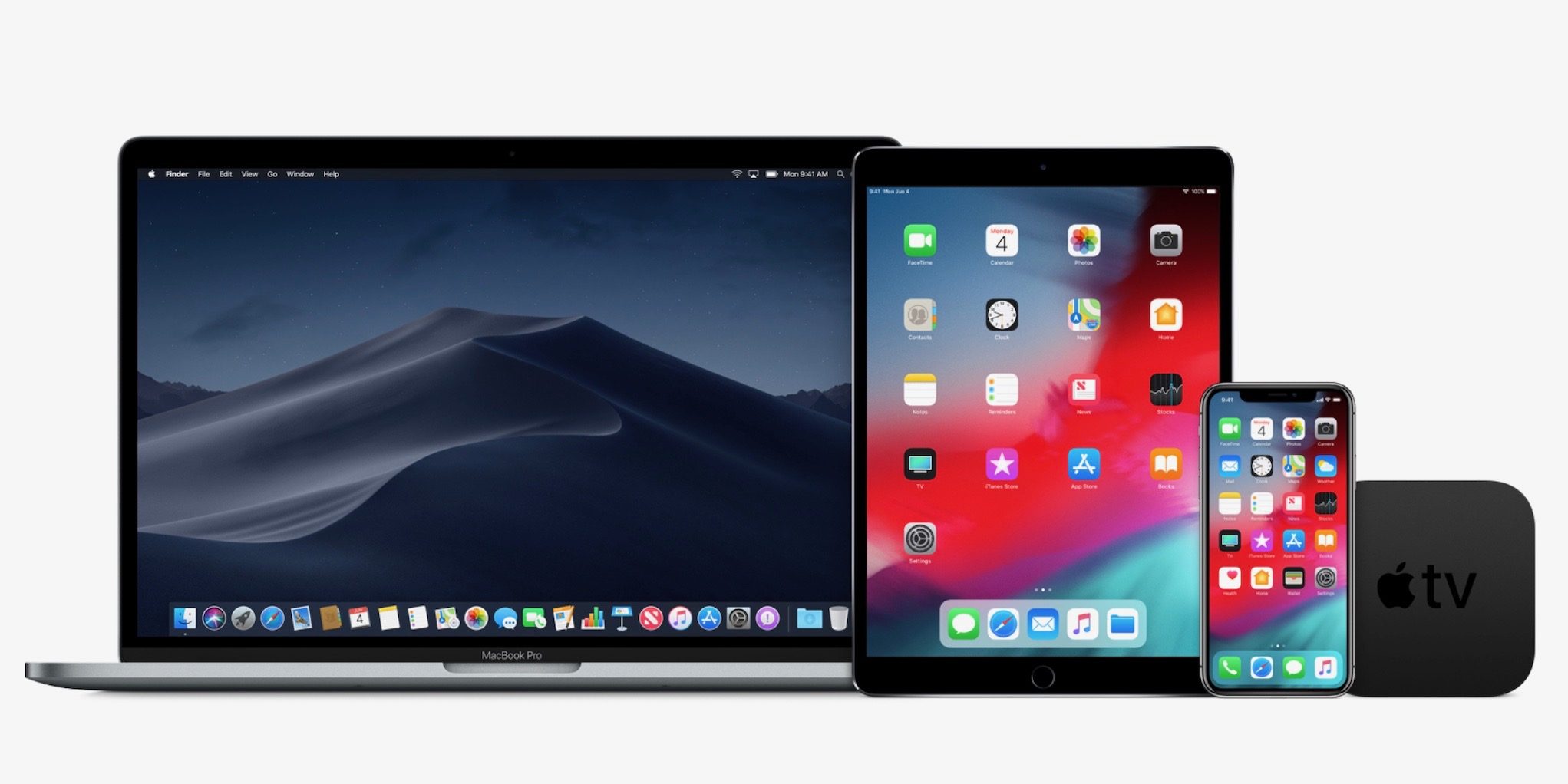
- #APPLE IOS WEBKIT APP INFREQUENTLYNOTED PORTABLE#
- #APPLE IOS WEBKIT APP INFREQUENTLYNOTED ANDROID#
- #APPLE IOS WEBKIT APP INFREQUENTLYNOTED SOFTWARE#
#APPLE IOS WEBKIT APP INFREQUENTLYNOTED ANDROID#
As suppliers of the 2 key mobile operating systems in the UK, Apple and Google are able to make a number of key decisions that can have significant implications for the products and services that are accessed online.Īpple and Google also control the key gateways through which users access content on mobile devices and through which content providers can access potential customers:Īpple’s App Store is the only permitted app store on iOS devices and Google operates the Play Store, which is used for the discovery and download of over 90% of all native apps on Android devices.

#APPLE IOS WEBKIT APP INFREQUENTLYNOTED SOFTWARE#
They can also determine what kinds of software (applications) can run on top. The operating system on a mobile device determines and controls a range of features that are important to users of mobile devices, ranging from the appearance of the user interface, through to the speed, technical performance, and security of the device. When consumers today purchase a mobile phone, they effectively enter into one of 2 mobile ‘ecosystems’ – one operated by Apple, powered by the iOS operating system the other operated by Google, powered by Google-compatible versions of the Android operating system. Web apps should in principle work on all browsers and on any operating system due to the common standards of the open web Web apps have additional functionality compared to standard websites. Native apps can be pre-installed on devices or otherwise are typically downloaded through app stores īrowsers and web apps: mobile users can access websites through the browser on their devices, or ‘web apps’, which are applications built using common standards based on the open web, and are designed to operate through a web browser. Native apps: these are applications written to run on a specific operating system and, as such, interact directly with relevant elements of the operating systems in order to provide relevant features and functionality. These are the 2 key channels through which users and content providers can connect through 2 main channels of content distribution:

Mobile devices generally come with at least one app store and one browser pre-installed on them. Some apps come pre-installed on devices (including, notably, mobile app stores and browsers), while others can be selected and installed by the user. Mobile applications (or ‘apps’): pieces of computer software providing functionalities to mobile devices. Mobile operating systems: the pre-installed system software powering mobile devices

#APPLE IOS WEBKIT APP INFREQUENTLYNOTED PORTABLE#
Mobile devices: portable electronic devices that can be held in the hand, including smartphones and tablets, and can connect to the internet Mobile ecosystems can be broadly characterised as comprising the following core set of products: These products and services are now able to work in combination with each other, in a way that strengthens the value and functionality of each, within what we refer to as mobile ecosystems. They can also be connected to a wide range of other devices such as smart speakers, smart watches and home security and lighting. In addition to communication, mobile devices also give us instant access to the latest news, music, TV and video streaming, shopping, games, fitness tracking and much more. Mobile devices with internet connectivity such as smartphones and tablets now play a fundamental role in the lives of UK citizens, providing fast and convenient access to a wide range of products, content and services.


 0 kommentar(er)
0 kommentar(er)
